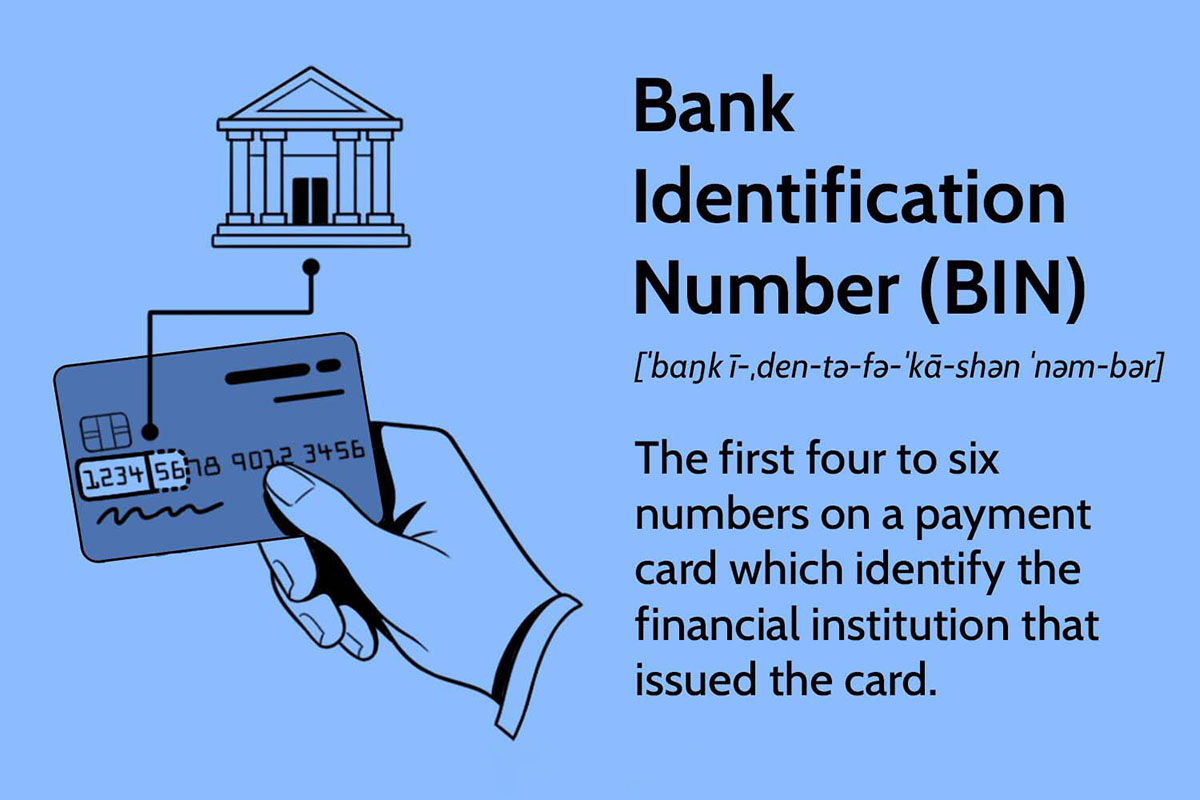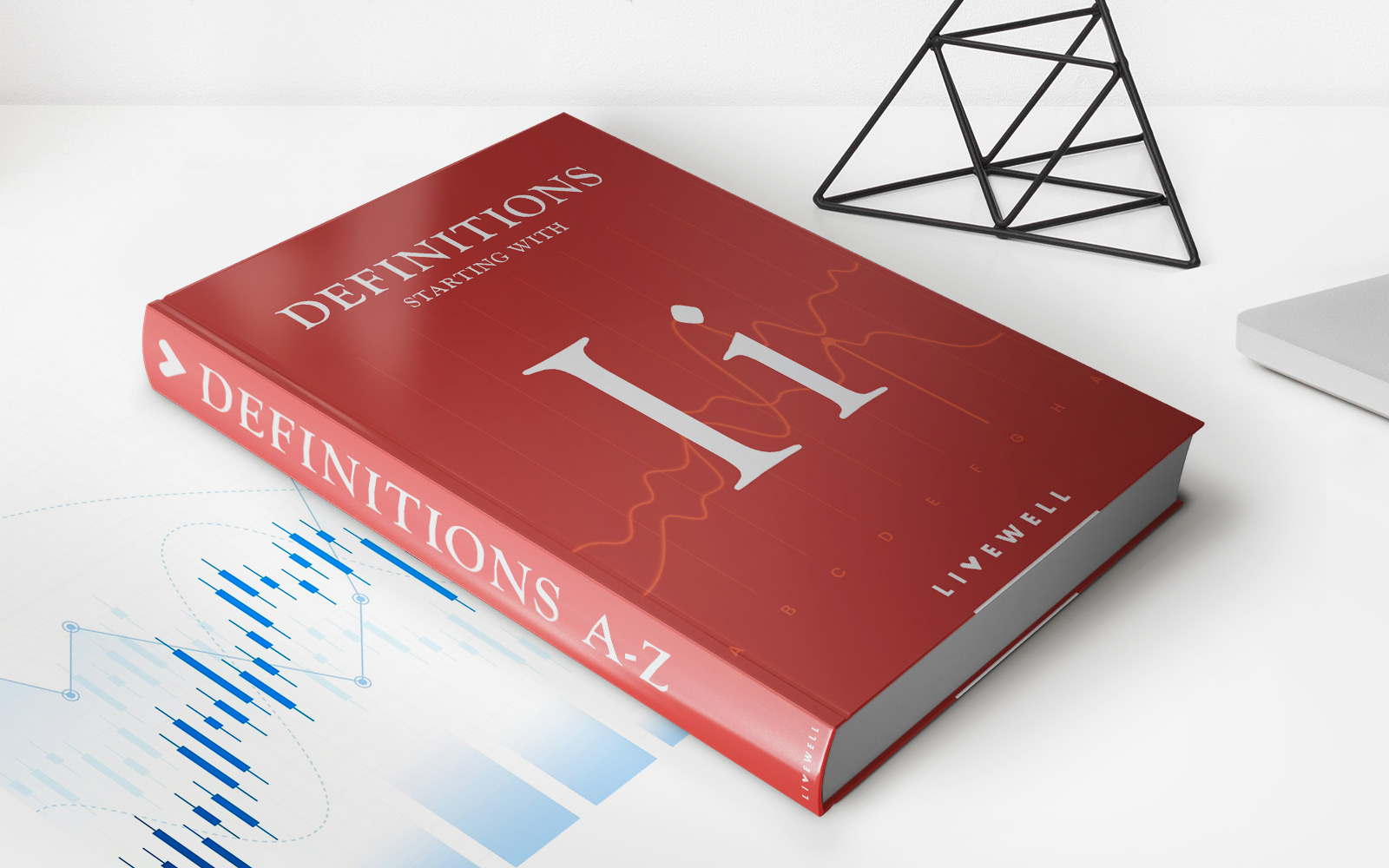Home>Finance>What Does It Mean That Auto Loans Are Amortized?


Finance
What Does It Mean That Auto Loans Are Amortized?
Published: February 18, 2024
Learn the meaning of amortization for auto loans and how it affects your finances. Understand the impact of amortization on your monthly payments and overall loan costs. Gain insights into managing your auto loan effectively.
(Many of the links in this article redirect to a specific reviewed product. Your purchase of these products through affiliate links helps to generate commission for LiveWell, at no extra cost. Learn more)
Table of Contents
Introduction
When you’re in the market for a new car, the financing aspect can often seem like a maze of complex terms and concepts. One such term that frequently surfaces in the realm of auto loans is “amortization.” Understanding what it means for an auto loan to be amortized is crucial for making informed financial decisions. In simple terms, auto loan amortization refers to the process of paying off a loan through regular monthly payments, which consist of both principal and interest. By delving into the intricacies of auto loan amortization, you can gain a clearer understanding of how it works, its benefits, and potential drawbacks.
As you navigate the landscape of auto financing, having a grasp of amortization can empower you to make sound choices that align with your financial goals. Whether you’re a first-time car buyer or a seasoned auto enthusiast, unraveling the concept of amortization can shed light on the inner workings of auto loans and pave the way for a more informed and confident approach to vehicle financing.
Understanding Auto Loan Amortization
Auto loan amortization involves the systematic repayment of a loan over a predetermined period, typically through fixed monthly installments. These installments are structured to cover both the principal amount borrowed and the accruing interest. The process of amortization ensures that the loan is fully paid off by the end of the agreed-upon term, allowing borrowers to spread out the cost of the vehicle over time while enabling lenders to collect interest on the outstanding balance.
Underneath the surface of an auto loan’s monthly payment lies a breakdown between principal and interest. In the early stages of the loan term, a larger portion of each payment goes toward covering the interest, while the remainder is allocated to reducing the principal. As the loan progresses, the allocation shifts, with a greater portion of each payment chipping away at the principal balance. This gradual reduction in the principal amount leads to a decrease in the interest charged, ultimately contributing to the loan’s full repayment.
Understanding the mechanics of auto loan amortization provides insight into how each payment contributes to the gradual reduction of the outstanding balance. By comprehending the interplay between principal and interest, borrowers can make informed decisions regarding their auto loans and gain a clearer perspective on the long-term financial implications of their vehicle purchase.
How Auto Loan Amortization Works
Auto loan amortization operates on a structured repayment schedule, where each installment covers a portion of the principal amount and the accruing interest. When a borrower takes out an auto loan, the lender calculates the monthly payment based on the loan amount, the interest rate, and the loan term. This calculation results in a fixed monthly payment that remains consistent throughout the loan term.
At the outset of the loan, a significant portion of each payment goes toward paying the interest, while the remainder is applied to reducing the principal balance. As the loan progresses, the allocation shifts, with a larger share of each payment contributing to the principal repayment. This gradual transition is a defining feature of amortization, as it ensures a systematic reduction of the outstanding balance over time.
One of the key components of auto loan amortization is the amortization schedule, which outlines the specific allocation of each payment between interest and principal. This schedule provides borrowers with a clear breakdown of how their payments are distributed over the life of the loan, offering transparency and insight into the evolving composition of each installment.
Furthermore, the concept of amortization allows borrowers to visualize the trajectory of their loan repayment, understanding how each payment brings them closer to owning the vehicle outright. This holistic view of the loan’s progression can instill a sense of financial awareness and responsibility, empowering borrowers to manage their auto loan in a strategic and informed manner.
Benefits of Auto Loan Amortization
Auto loan amortization offers several advantages for borrowers, making it a favorable option for financing a vehicle. One of the primary benefits is the structured and predictable nature of amortized loans. With fixed monthly payments, borrowers can effectively budget and plan their finances, knowing exactly how much is due each month. This predictability fosters financial stability and allows for better management of other expenses.
Additionally, auto loan amortization enables borrowers to build equity in the vehicle over time. As each payment contributes to reducing the principal balance, the borrower’s ownership stake in the vehicle increases. This gradual accumulation of equity can be advantageous, especially if the borrower plans to keep the vehicle beyond the loan term or intends to trade it in for a new car in the future.
Another notable benefit is the potential for interest savings. Through the systematic reduction of the principal balance, borrowers can ultimately pay less in interest over the life of the loan. As the outstanding balance decreases, the amount of interest charged also diminishes, resulting in overall cost savings and a more efficient repayment process.
Furthermore, auto loan amortization promotes financial discipline and responsibility. By adhering to a structured repayment schedule, borrowers develop a habit of meeting their financial obligations consistently. This can have a positive impact on their credit history and overall financial well-being, potentially opening doors to better financing opportunities in the future.
Overall, the benefits of auto loan amortization extend beyond the simple mechanics of loan repayment, offering borrowers a pathway to financial stability, equity accumulation, potential interest savings, and enhanced financial discipline.
Drawbacks of Auto Loan Amortization
While auto loan amortization presents several advantages, it also comes with certain drawbacks that borrowers should consider. One of the primary drawbacks is the front-loaded interest in the early stages of the loan. During this period, a significant portion of each monthly payment goes toward paying off the accruing interest, resulting in a slower reduction of the principal balance. As a result, borrowers may feel that their payments are primarily servicing the interest rather than making substantial progress in paying down the vehicle’s actual cost.
Additionally, the structured nature of amortized loans, while offering predictability, can also limit financial flexibility. Borrowers may find themselves locked into fixed monthly payments, which could pose challenges during periods of financial hardship or unexpected expenses. Unlike variable payment structures, where borrowers can adjust their payments based on their current financial situation, the rigidity of amortized loans may present constraints for some individuals.
Another drawback is the potential for negative equity, especially in the early stages of the loan. Due to the front-loaded interest and gradual reduction of the principal balance, borrowers may find themselves owing more on the vehicle than its actual market value, particularly if the vehicle depreciates rapidly. This situation can complicate future financing or the sale of the vehicle, as the outstanding loan balance may exceed the vehicle’s worth.
Furthermore, the interest cost over the life of the loan can be higher than with alternative financing options. While the structured nature of amortized loans provides predictability, it may result in a higher overall interest expense compared to unconventional loan structures or early repayment strategies.
It’s essential for borrowers to weigh these drawbacks against the benefits of auto loan amortization, considering their individual financial circumstances and long-term objectives when making financing decisions.
Conclusion
Auto loan amortization serves as a fundamental aspect of vehicle financing, shaping the way borrowers repay their loans and manage their financial commitments. By understanding the intricacies of amortization, borrowers can navigate the complexities of auto loans with clarity and confidence, making informed decisions that align with their long-term financial goals.
While auto loan amortization offers structured repayment, equity accumulation, and potential interest savings, it also comes with front-loaded interest, limited financial flexibility, and the potential for negative equity. These considerations underscore the importance of evaluating individual financial circumstances and preferences when selecting a financing option.
Ultimately, the journey of auto loan amortization is a balance between predictability and potential constraints, financial discipline and flexibility, equity accumulation and market fluctuations. By weighing the benefits and drawbacks, borrowers can chart a course that aligns with their financial aspirations, empowering them to make the most of their vehicle financing experience.
As you embark on your car-buying journey, armed with the knowledge of auto loan amortization, may you navigate the landscape of vehicle financing with confidence and clarity, steering toward a future where your automotive dreams and financial well-being converge harmoniously.














